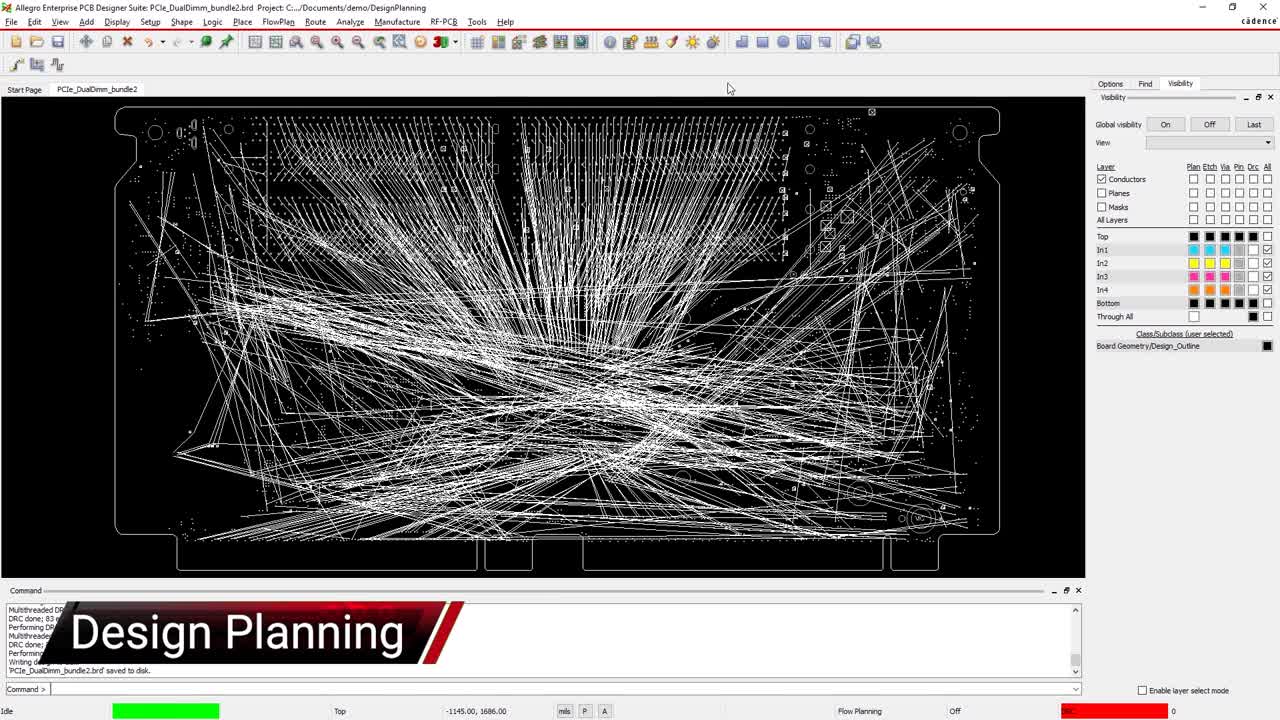Rigid Circuit Board Design
Key Takeaways
-
Rigid circuit boards offer lower design, development, and installation costs.
-
Rigid circuits boards continue to meet the needs of many applications.
-
Applying DFM to rigid circuit boards ensures a properly developed and manufactured PCB.
Within PCB design, we often see design and engineering roles intersect and overlap with a variety of other speciality fields. After all, we use EDA software to cross the divide between electrical design and mechanical design. Additionally, as PCB designers become more aware of the impact of their work on the environment, it becomes important for designers to incorporate sustainable design into their work. Needless to say, engineering requires flexibility, adaptability, and versatility.
These same characteristics are also desirable in the materials PCB designers work with. Rigid PCBs, flexible PCBs, and rigid-flex PCBs all offer varying degrees of flexibility and utility. Although flexible PCBs are seen as the most adaptable option, rigid circuit boards continue to have their own advantages. Given consumer and industrial demands, it is important to understand the benefits and drawbacks of each choice, in order to appropriately match the best PCB solution with a design.

Rigid Circuit Board Advantages
Rigid PCBs offer the advantages of cost containment for high-volume manufacturing tasks, shorter lead times, and decreased installation costs when moving from board design to product release. The decreased production costs exist because of material selection, component and design technologies, the reduced number of holes, surface finish requirements, solder mask requirements, testing parameters, and lower environmental impact. Of those factors, the laminate is the largest cost component.
Different Board Types Serve Different Needs
Different types of circuit boards serve different application needs. A single-layer PCB with traces and components on one side offers basic functionality and low cost, while matching with simpler products that have fewer functions. Double-layer boards have traces and components on both sides, with the substrate sandwiched between the conductive layers. Thicker, multiple-layer rigid circuit boards have multiple layers separated into signal, power, and ground planes by dielectric materials. Multi-layer boards work for high-density applications that have higher speeds and operating frequencies.
Rigid circuit boards also vary according to the type of plating finish used to protect exposed circuitry. An immersion silver plating provides excellent solderability, works well for fine pitch components, and offers uniform hole sizes. Immersion silver does handle thermal shock. While nickel/hard gold finish protects against corrosion and resist wear, and works for pressure contacts, the finish does not have comparable wear resistance. Other plating types include nickel-matte tin, organic solderability preservative, tin-lead, and electroless nickel/immersion gold. Some plating types—such as gold—require special design constraints.
Designing Rigid Circuit Boards
When designing multilayer rigid circuit boards, always begin with an even number of layers. The thickness of the dielectric used for the board depends on the type of materials, the dimensions, and the tolerances needed for the application. Good PCB design establishes a lay-up that balances according to the z-axis of the board. Having a balance of dielectric thickness per layer, copper thickness per layer, copper distribution, and the location of signal, ground, and power layers ensures that the board will meet bow or twist specifications.
Design for Manufacturability (DFM) requires teams to consider critical features of the design. Those features include the layer stack-up, the dielectric spacing, the drill chart, the board outline dimensions, any impedance requirements, and instructions for blind and buried vias. Decisions about each of these features can affect the design of another feature. It is important that the drawing your team submits to the fabricator describes any electrical characteristics that impact the manufacture of the board.
In turn, fabricators will determine if the design has class 1 (general complexity), class 2 (standard complexity), or class 3 (high design complexity). Each level of complexity affects the component placement, trace width, and trace spacing. For example, standard complexity places components on a 0.5mm grid and has a maximum of two traces between integrated circuit leads. The trace width and spacing measure at 0.125mm to 0.15mm.
Once the design team and fabricator agree about the design complexity, they can also determine the via pad diameter, hole callout, and the copper weight for the multi-layers. Etching processes can change the trace width because of undercut and other factors. Selecting the proper copper clad weight can reduce the amount of total copper etched and the possibility of lateral etching. Thicker copper increases the amount of trade width tolerance and variation. Fabricators need to know the maximum finished board thickness (copper to copper) because of the impact on aspect ratios, drilling, and processing equipment.
To learn more about rigid circuit boards, or to search for a component for your latest project, visit the Cadence PCB Design and Analysis overview page. The stellar Allegro PCB Designer solution from Cadence will make any electronics project easy.
If you’re looking to learn more about how Cadence has the solution for you, talk to us and our team of experts.